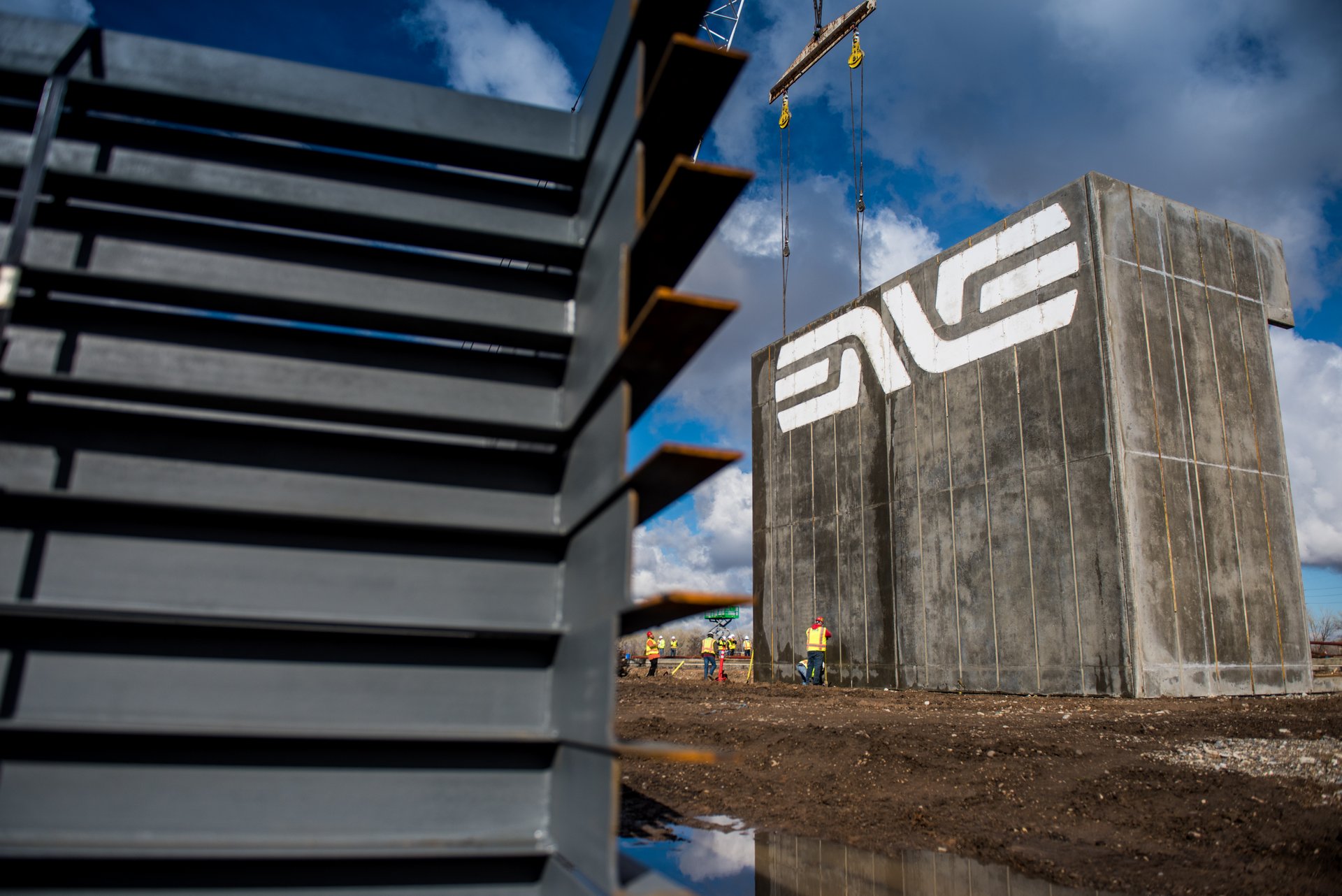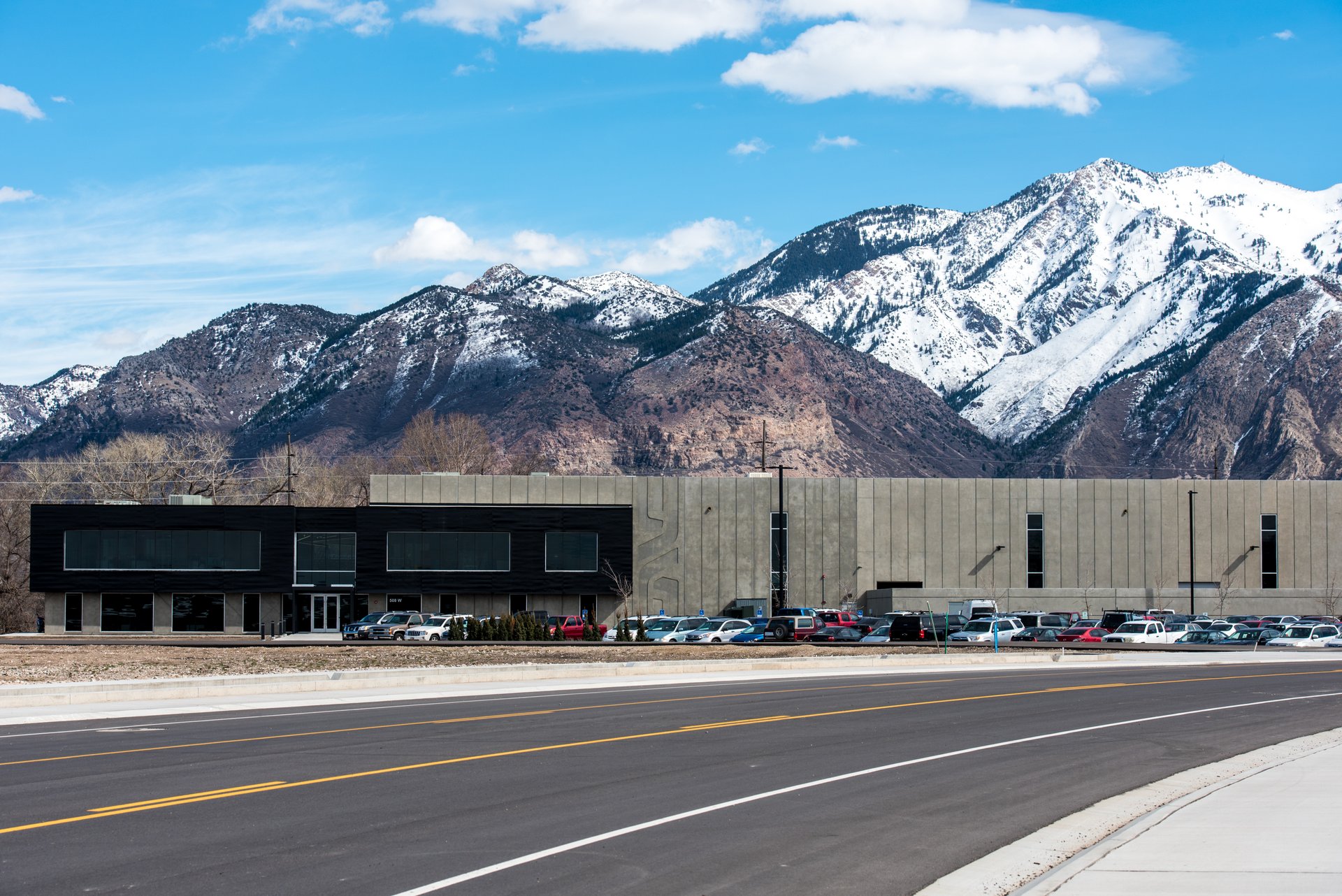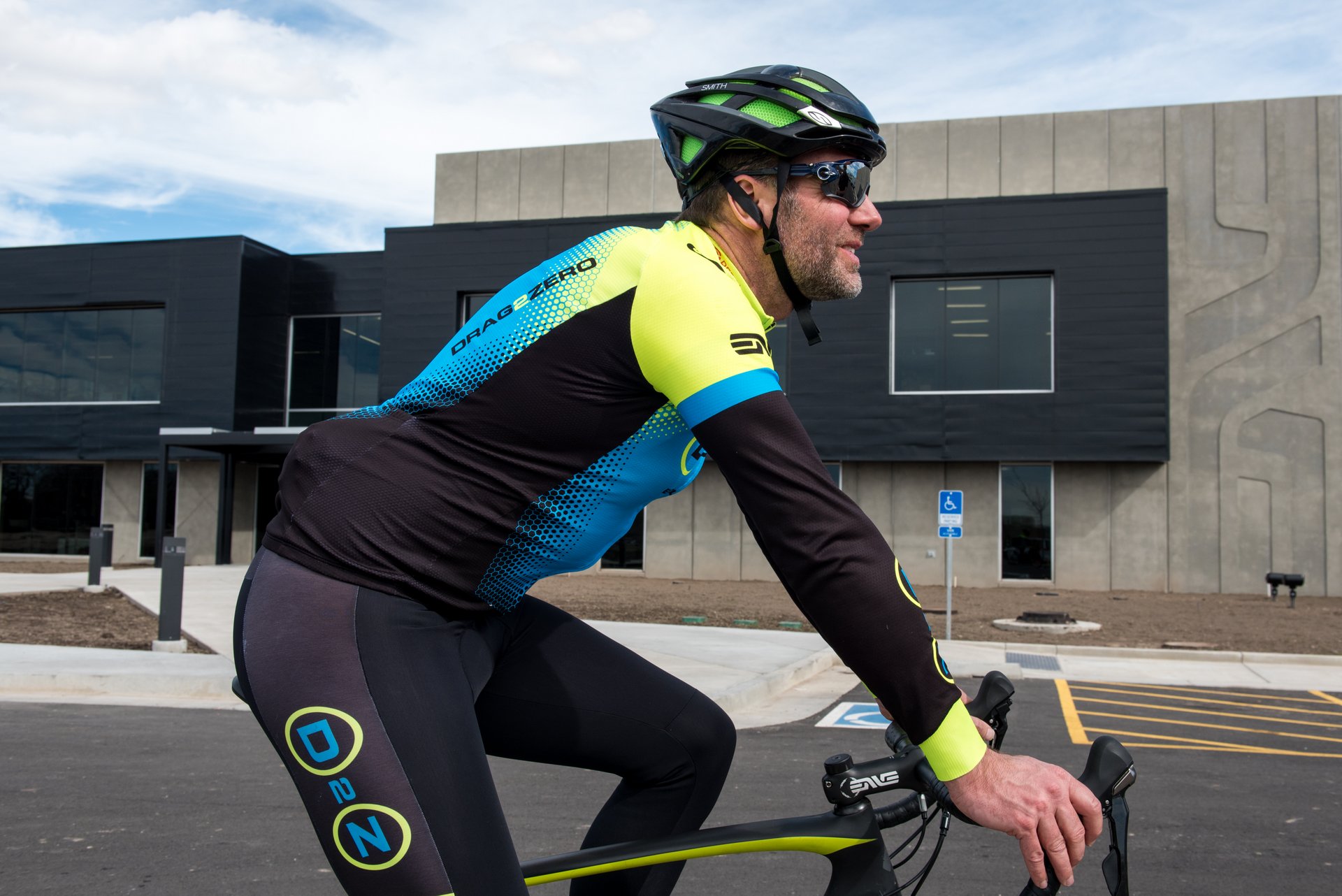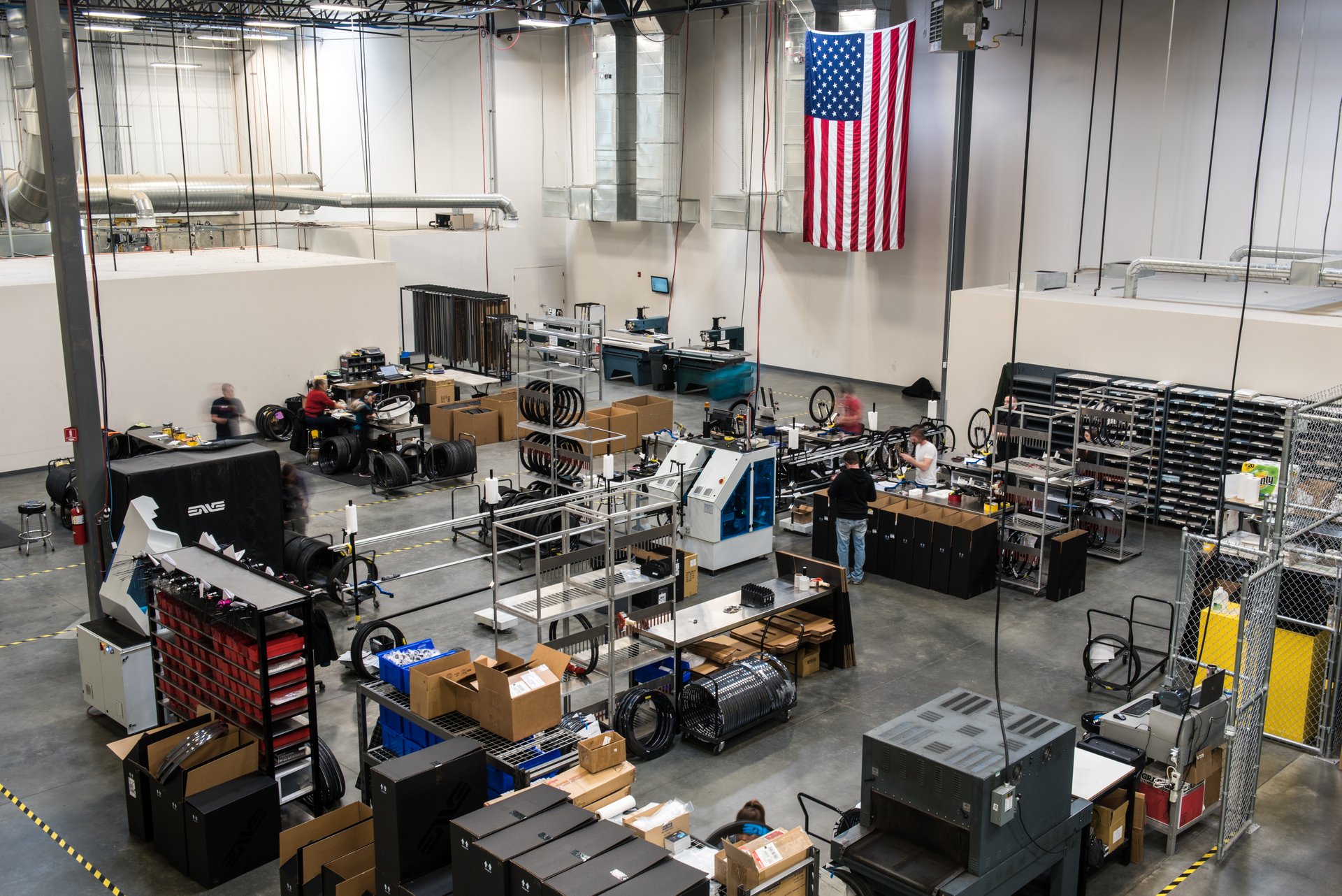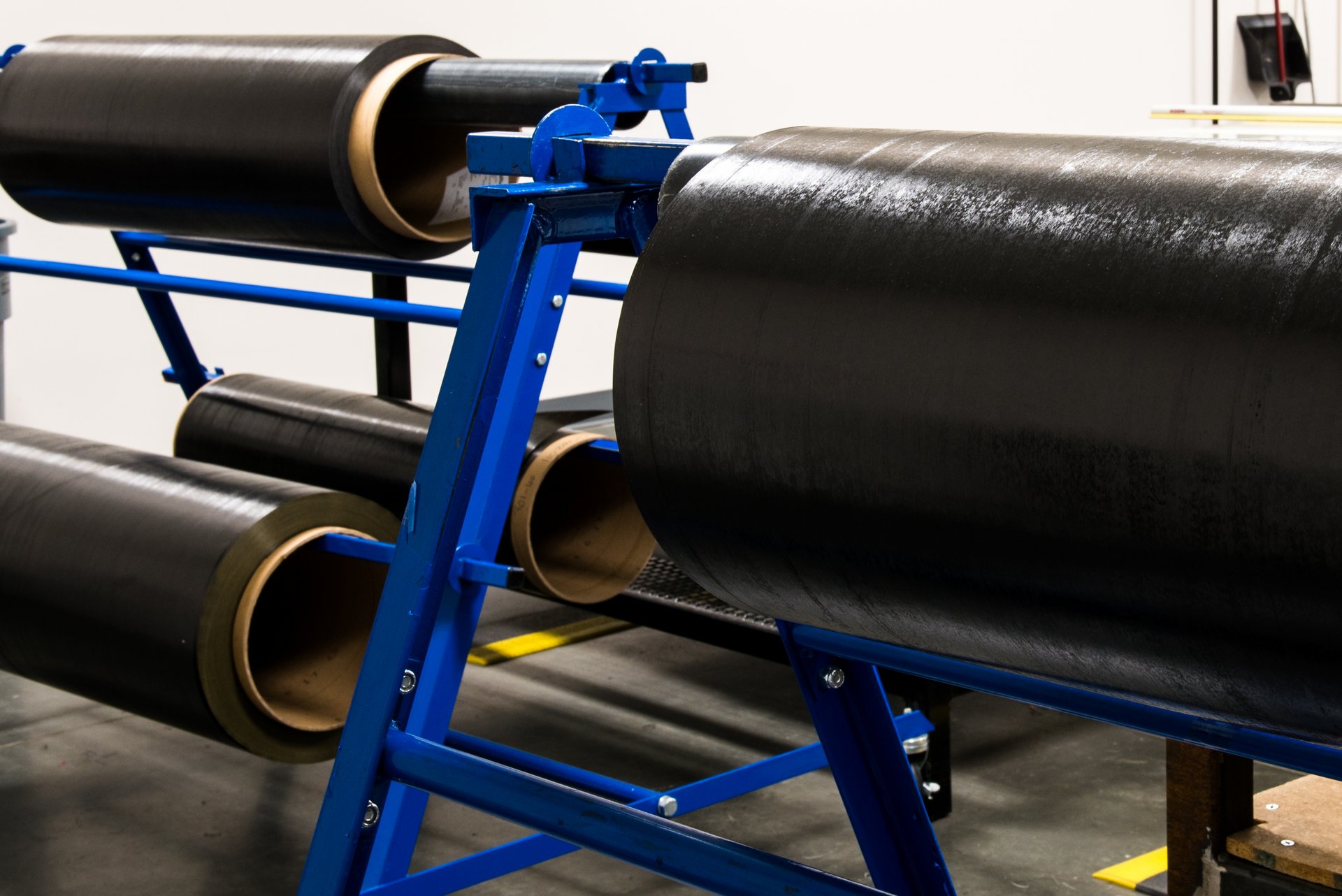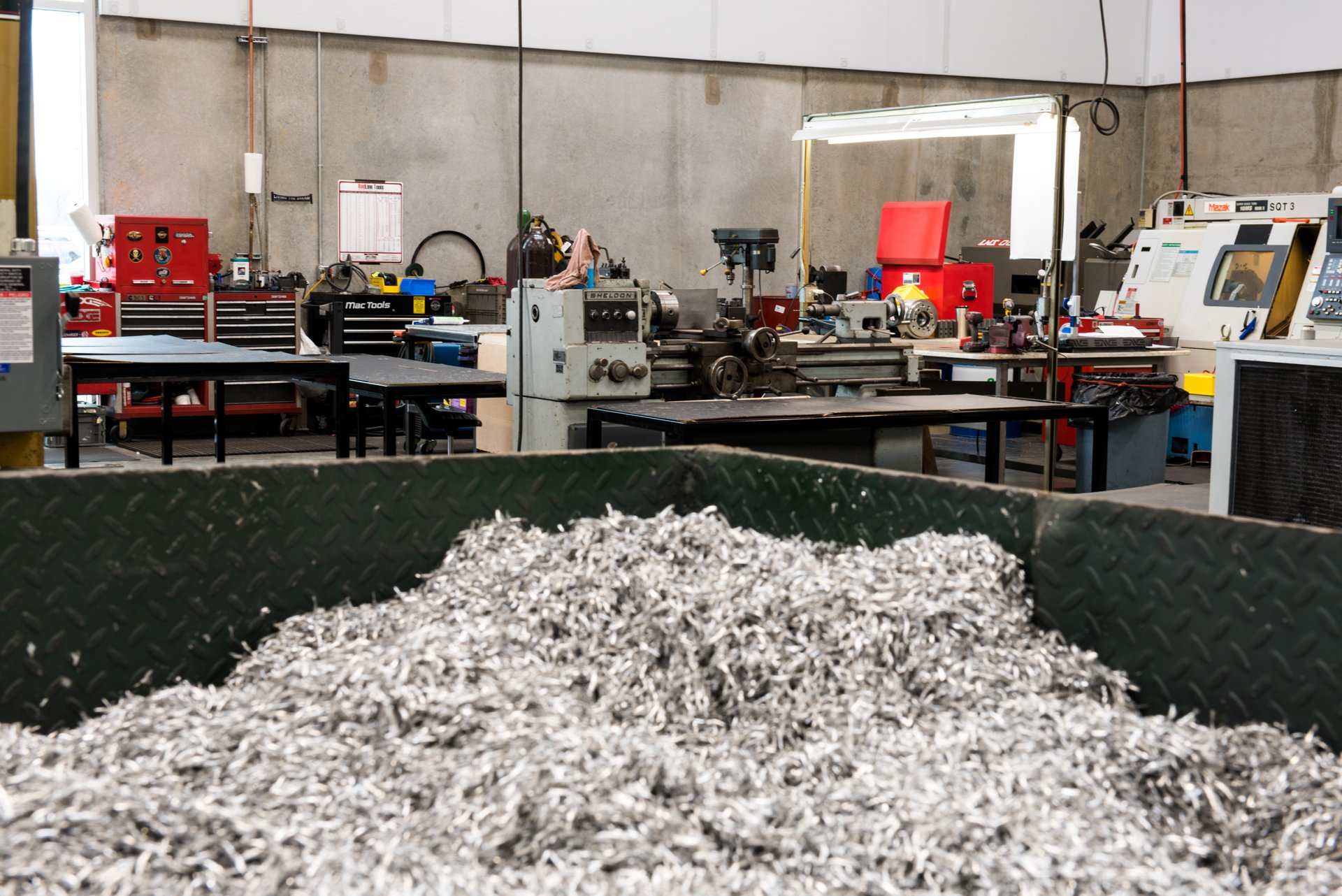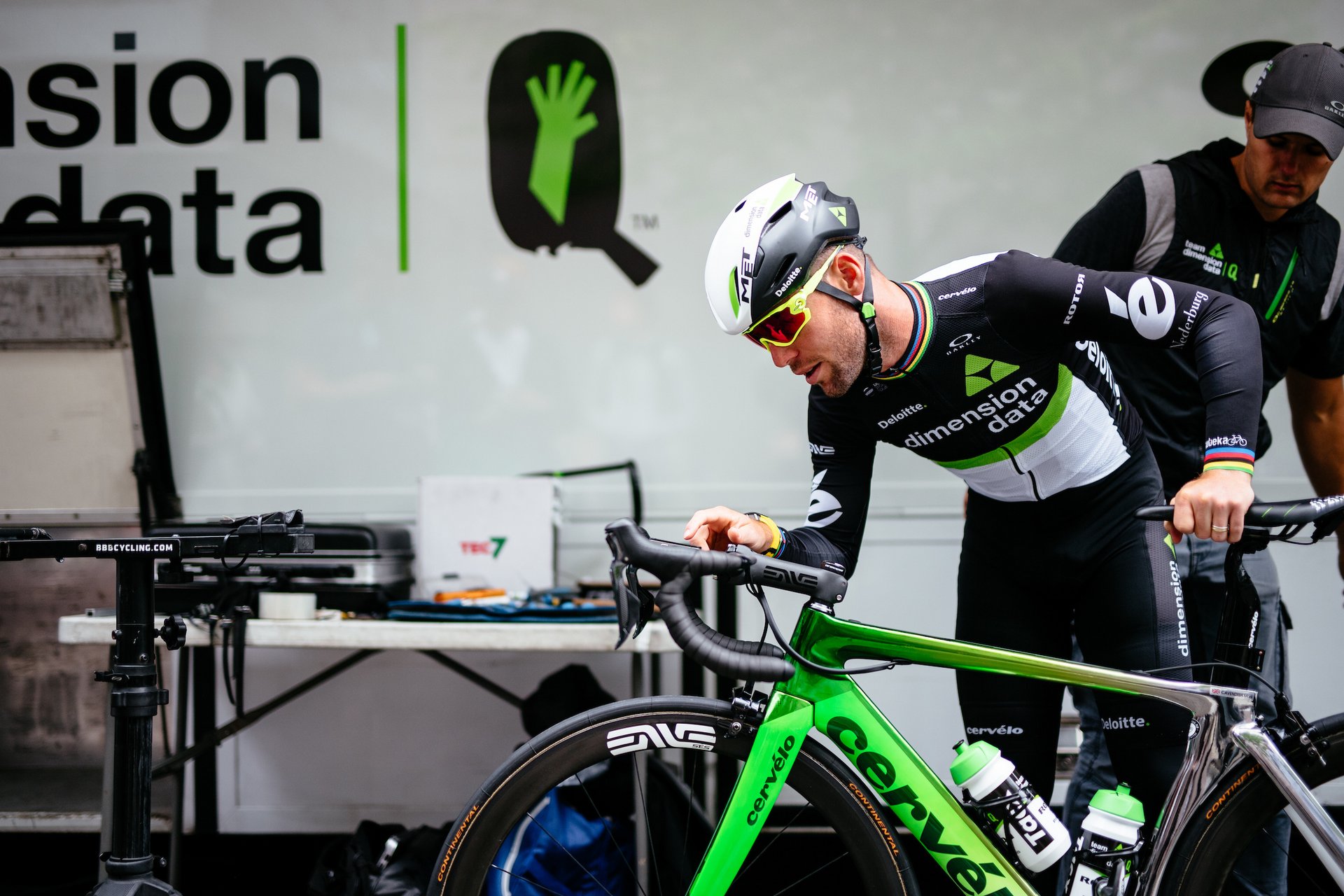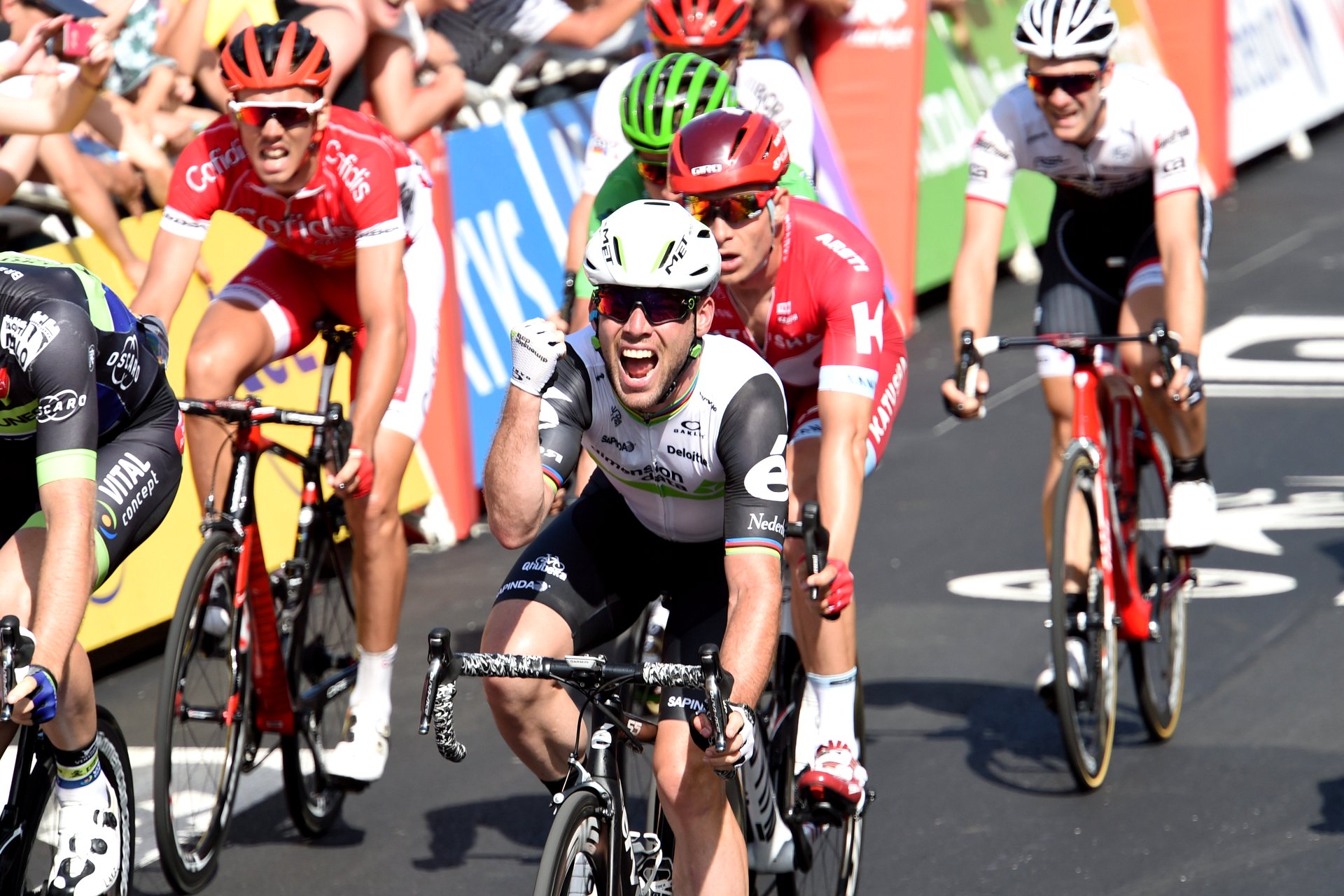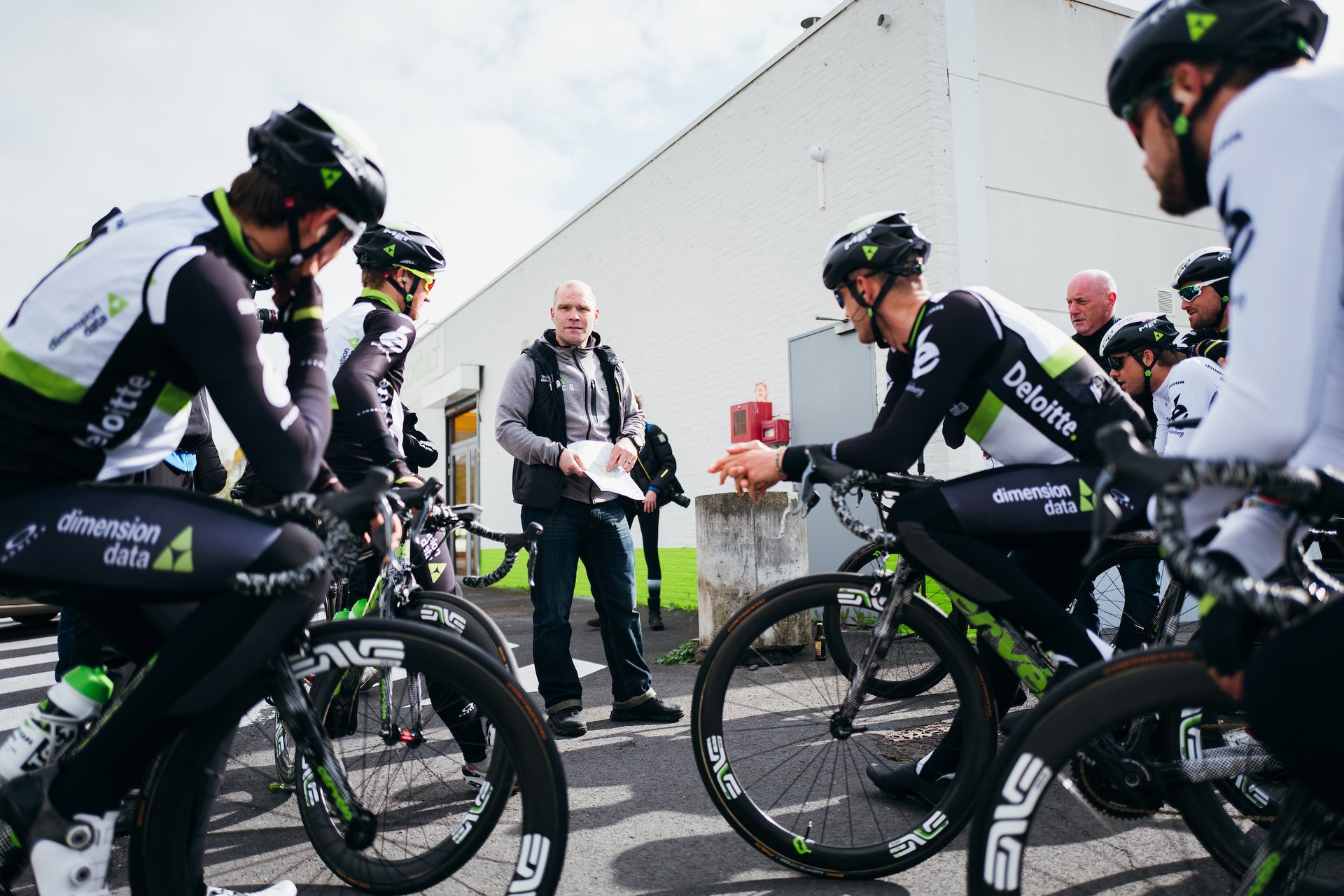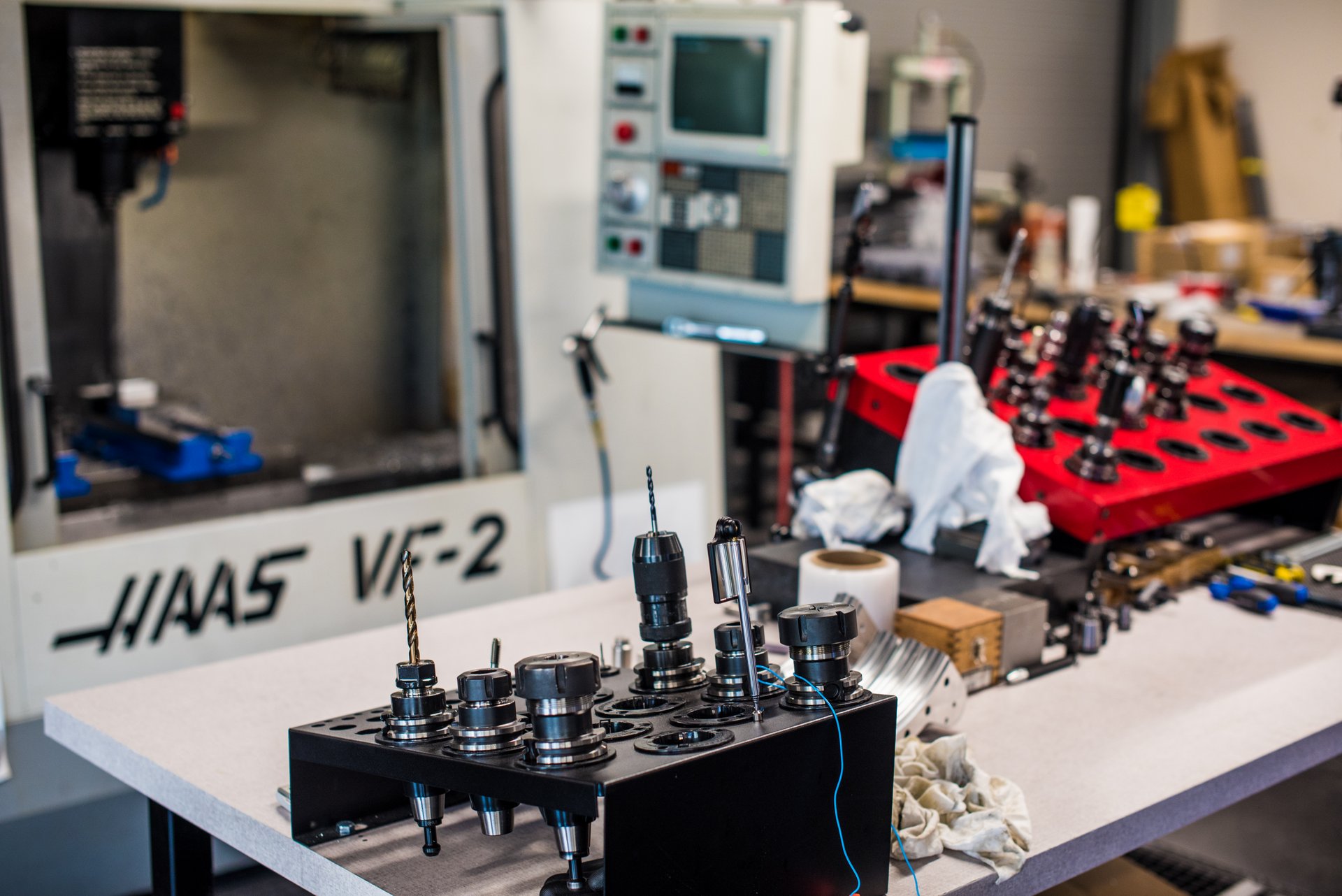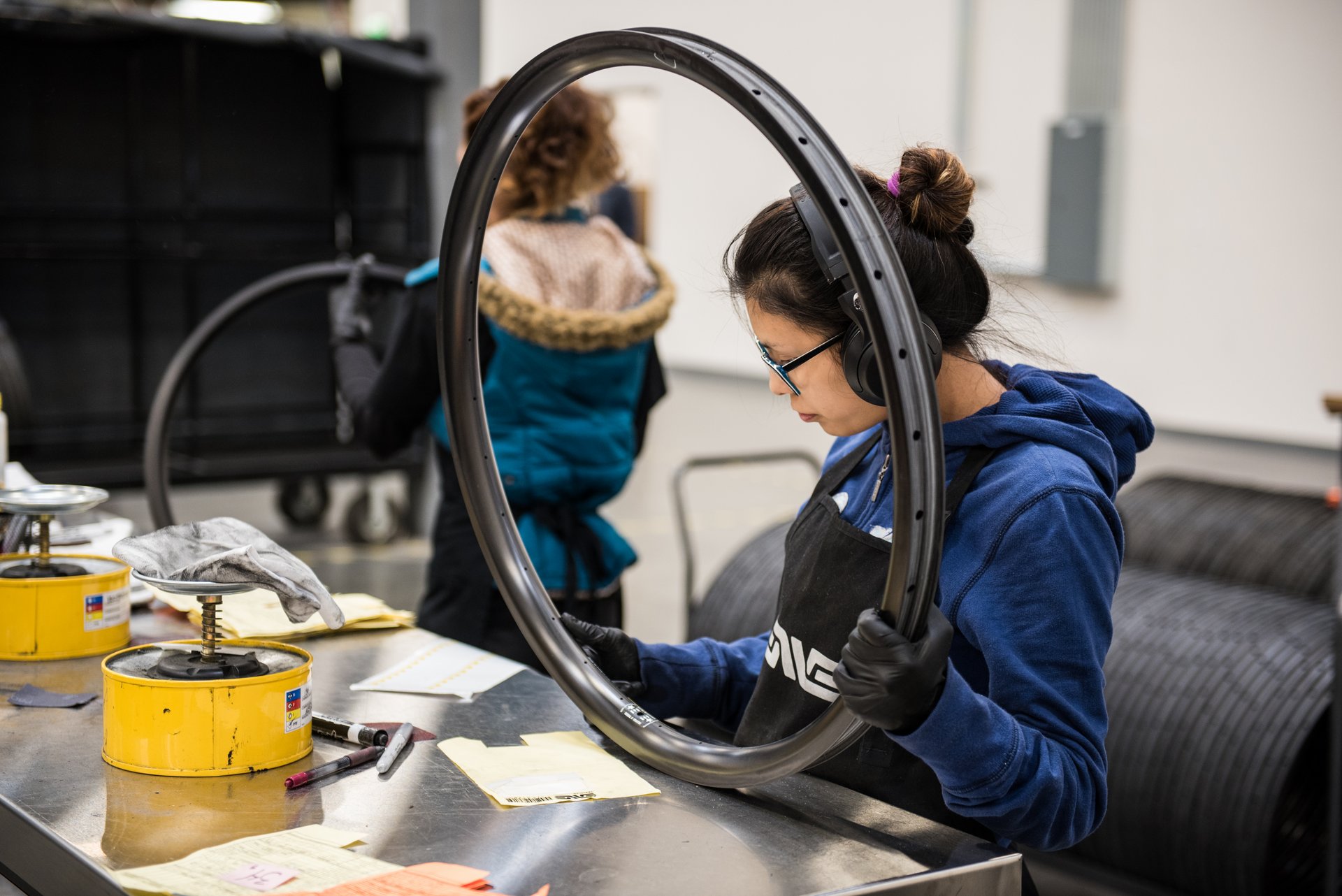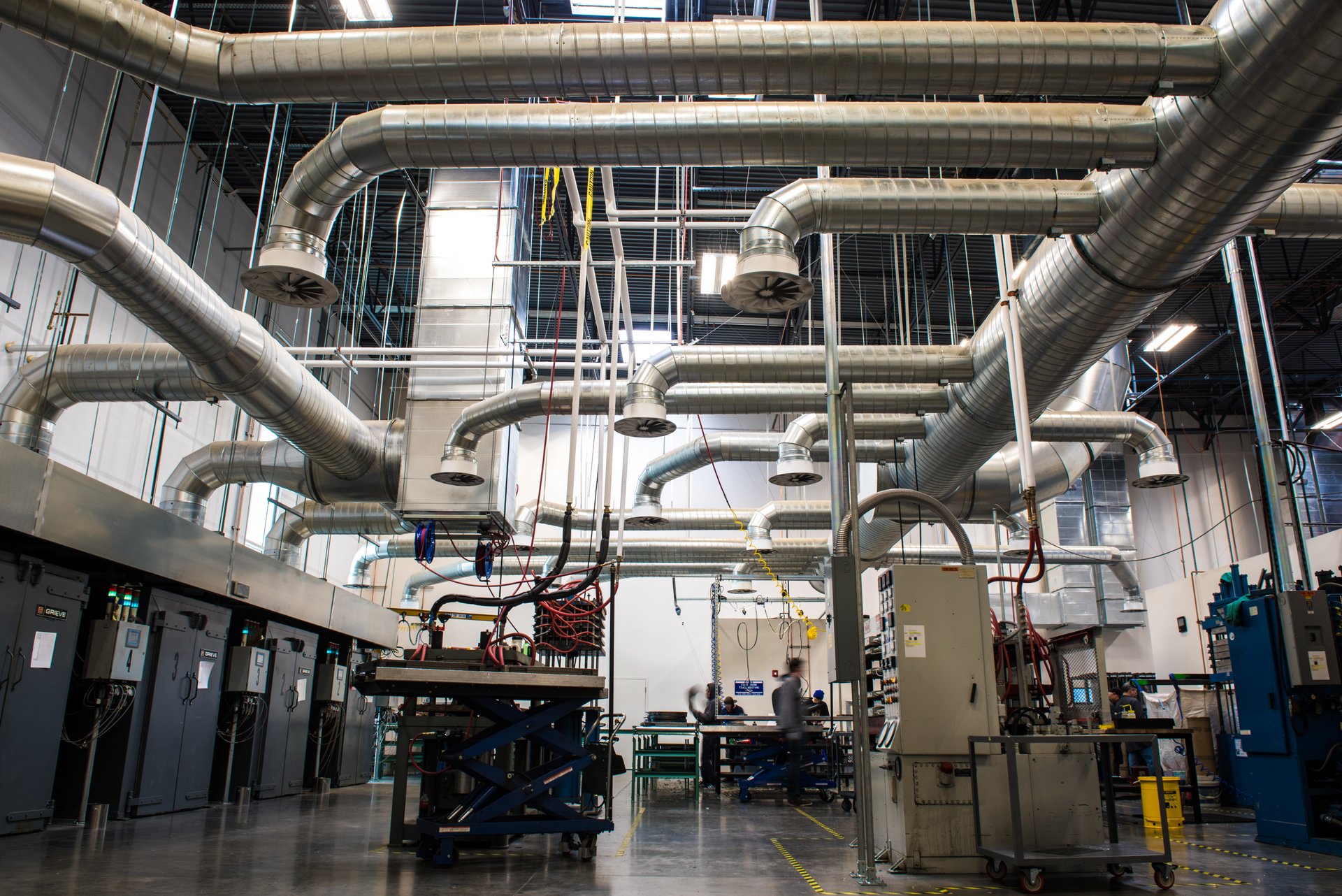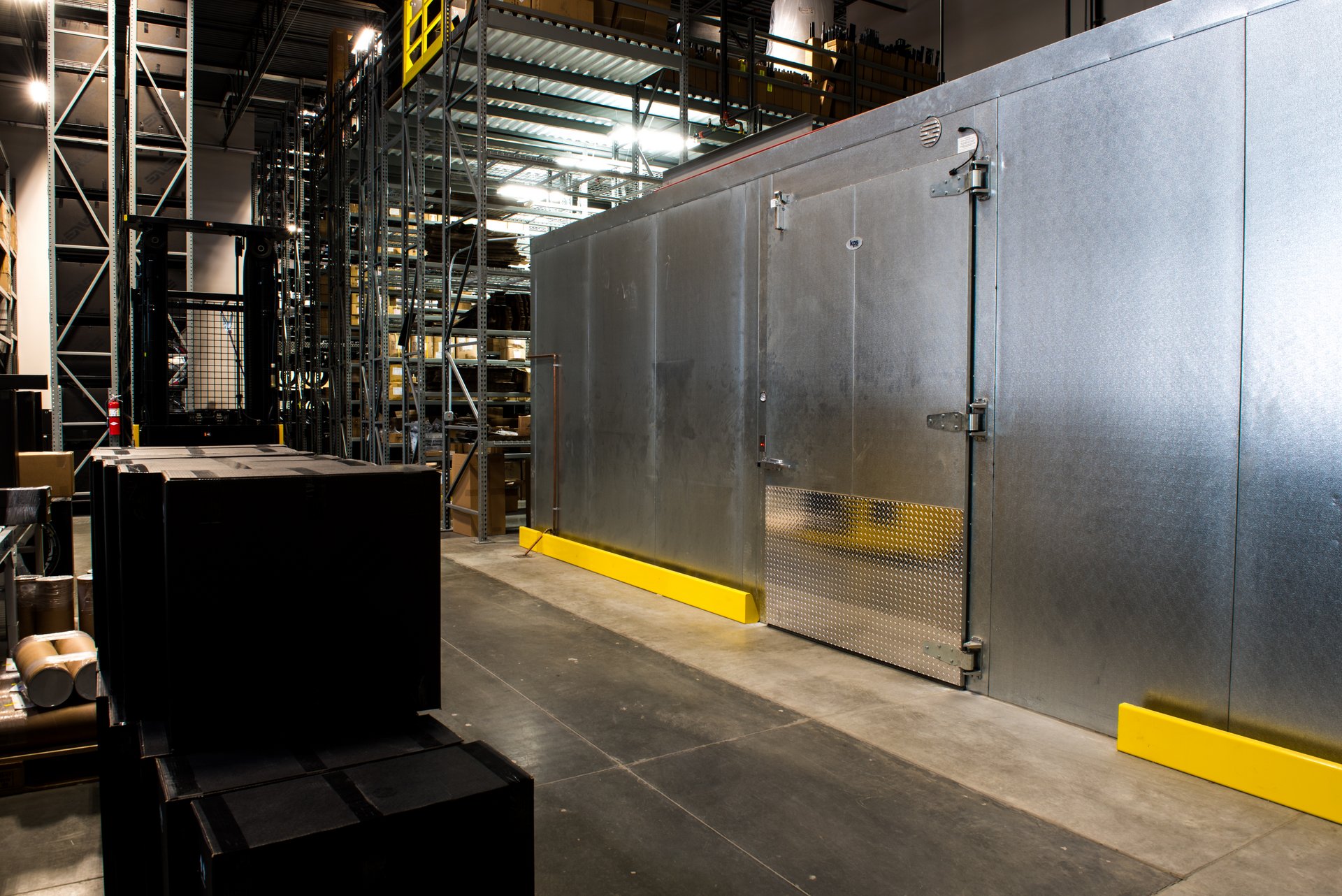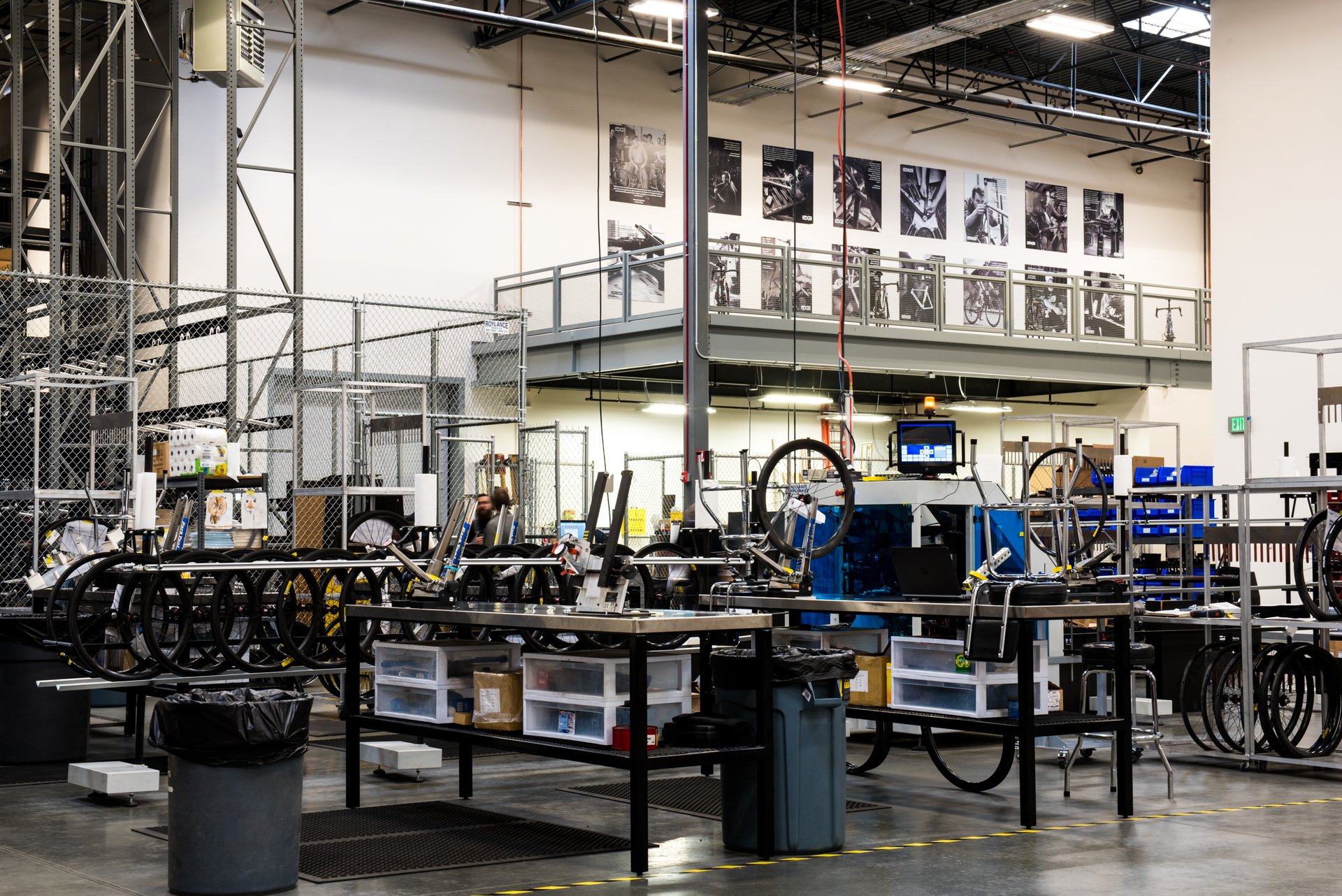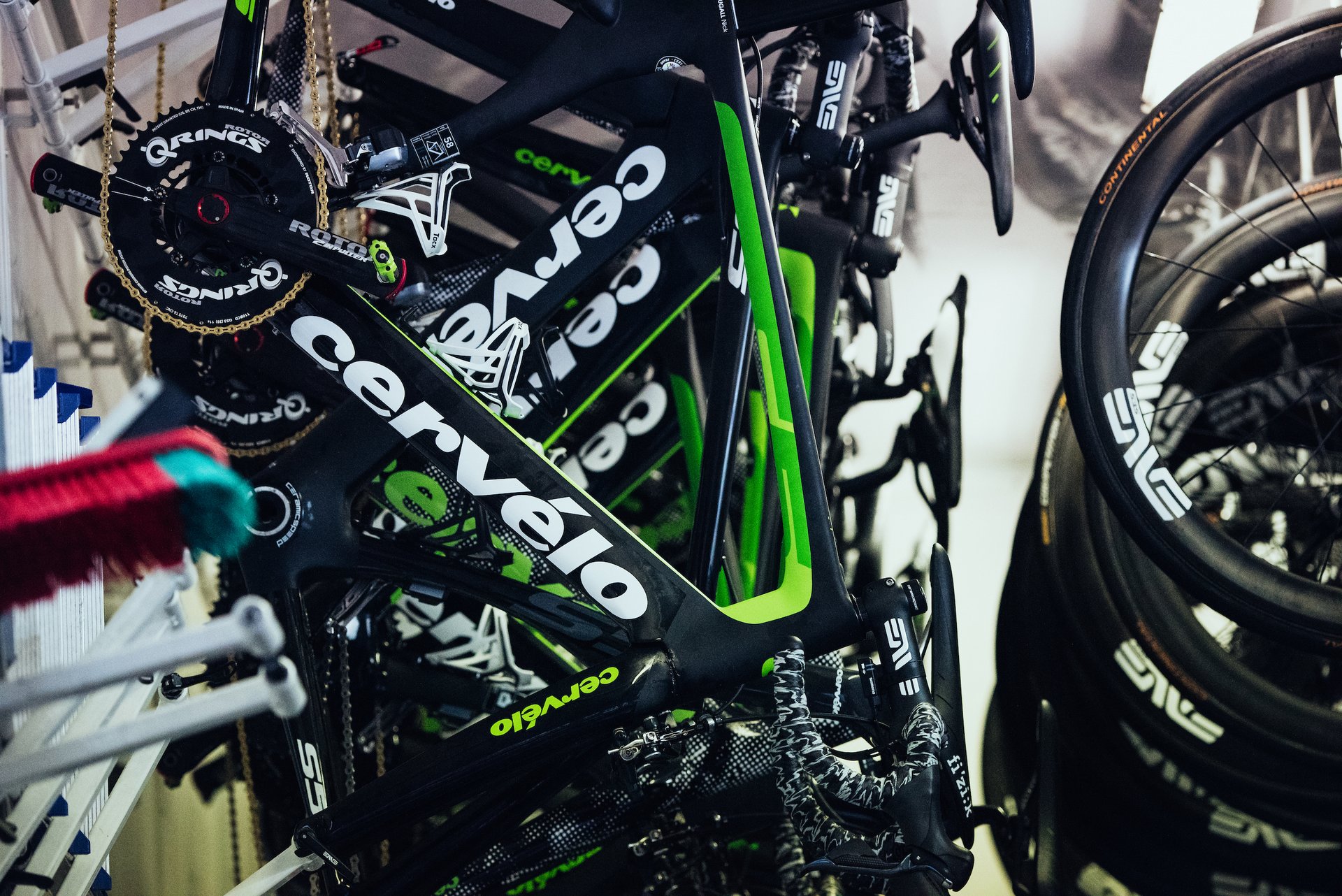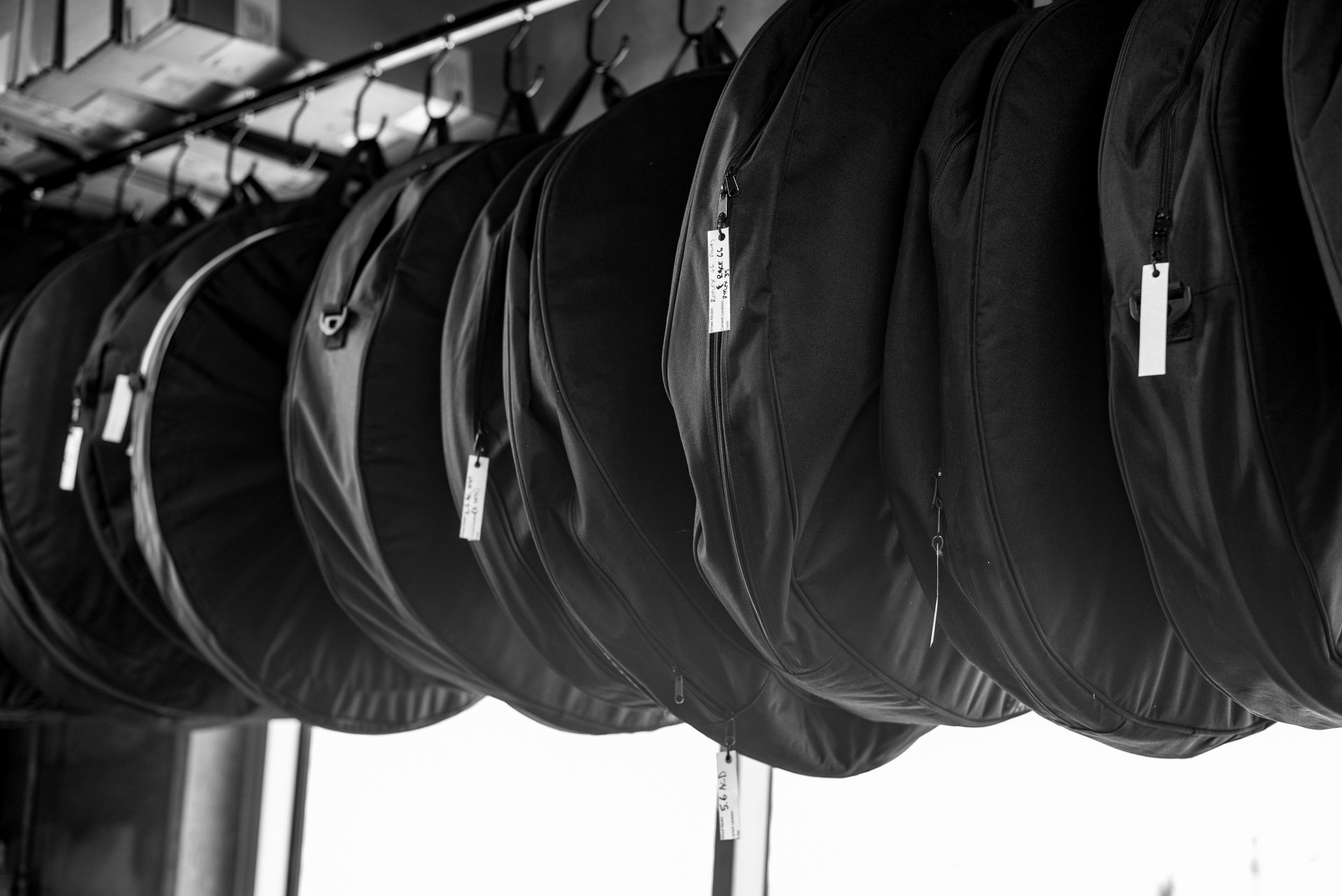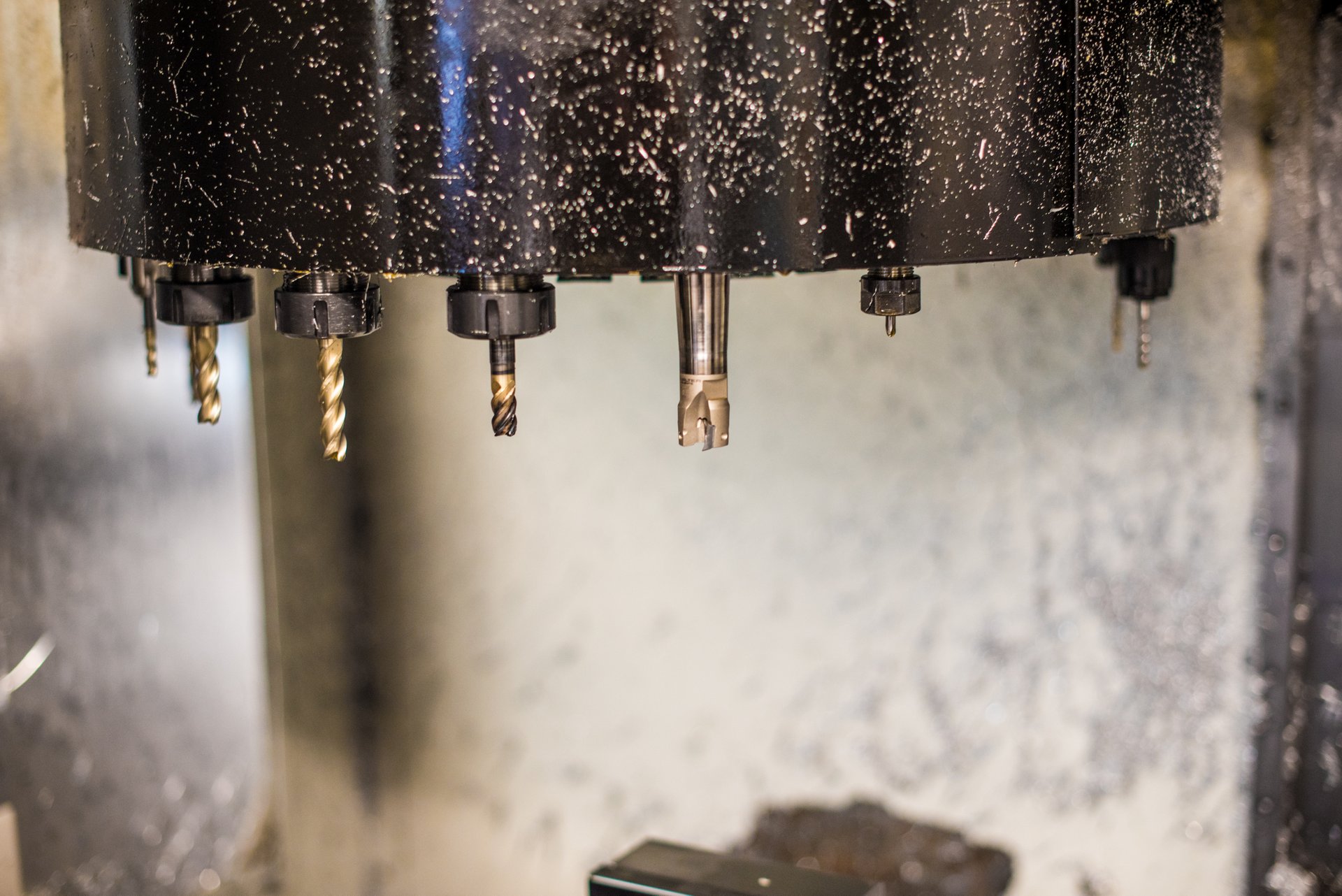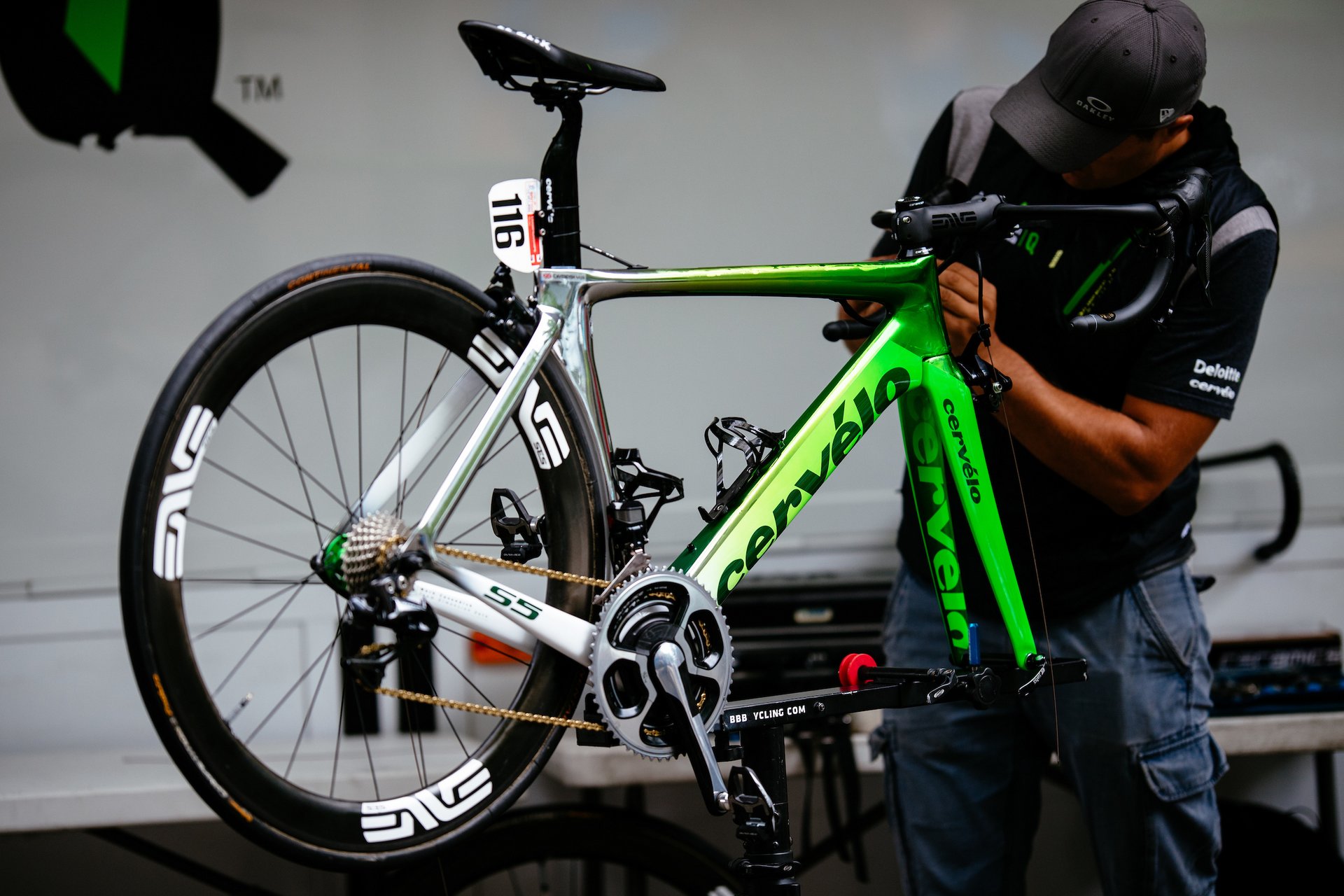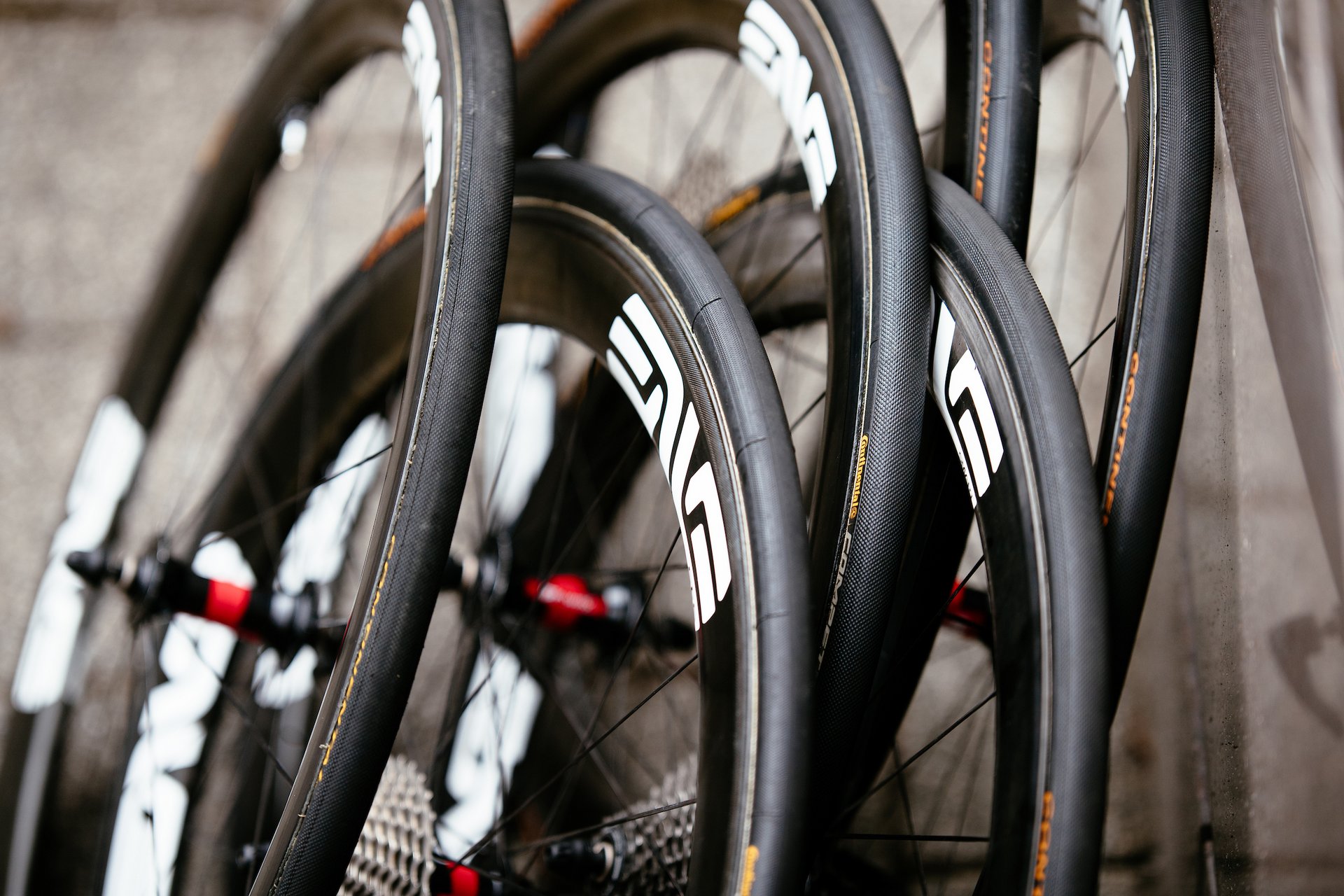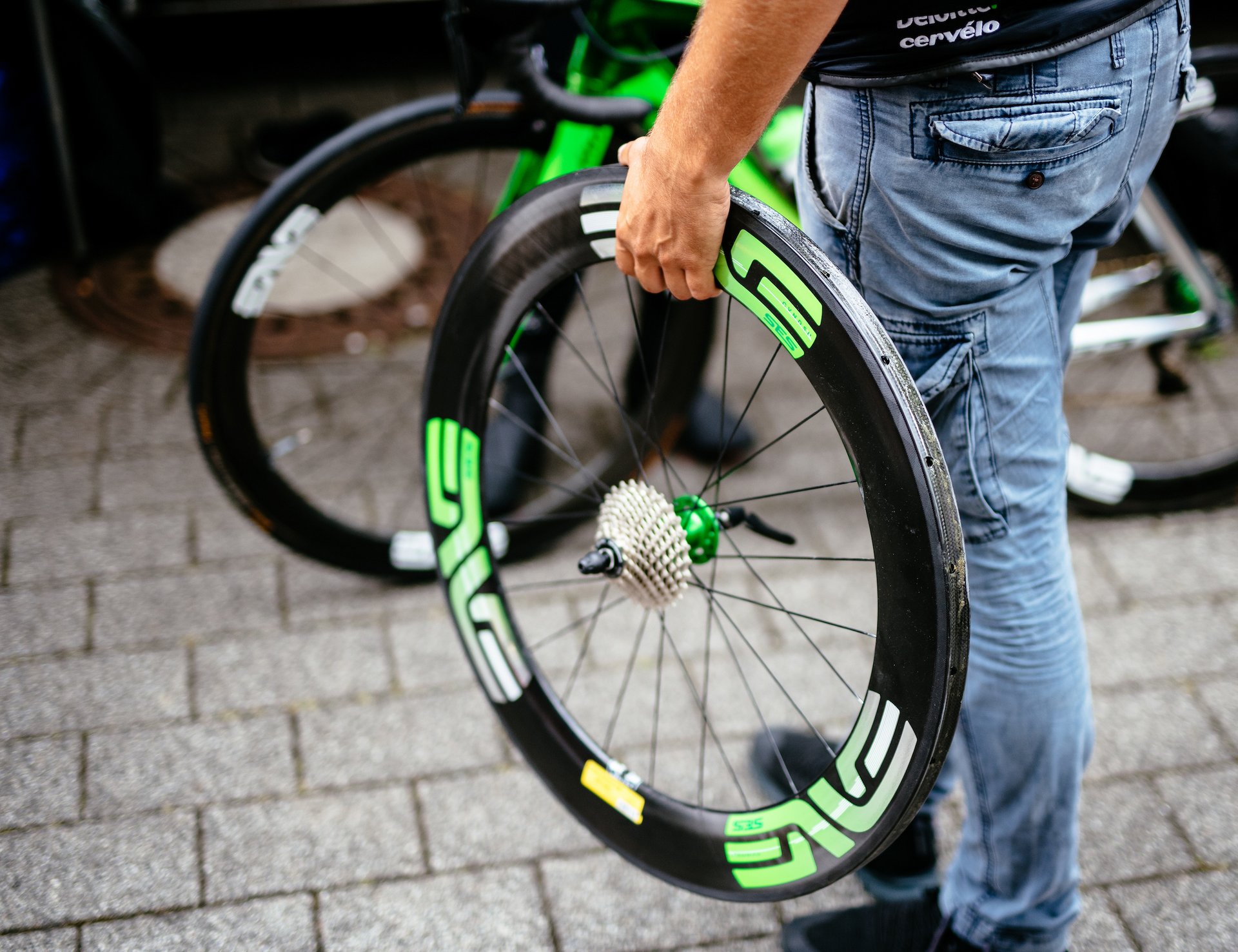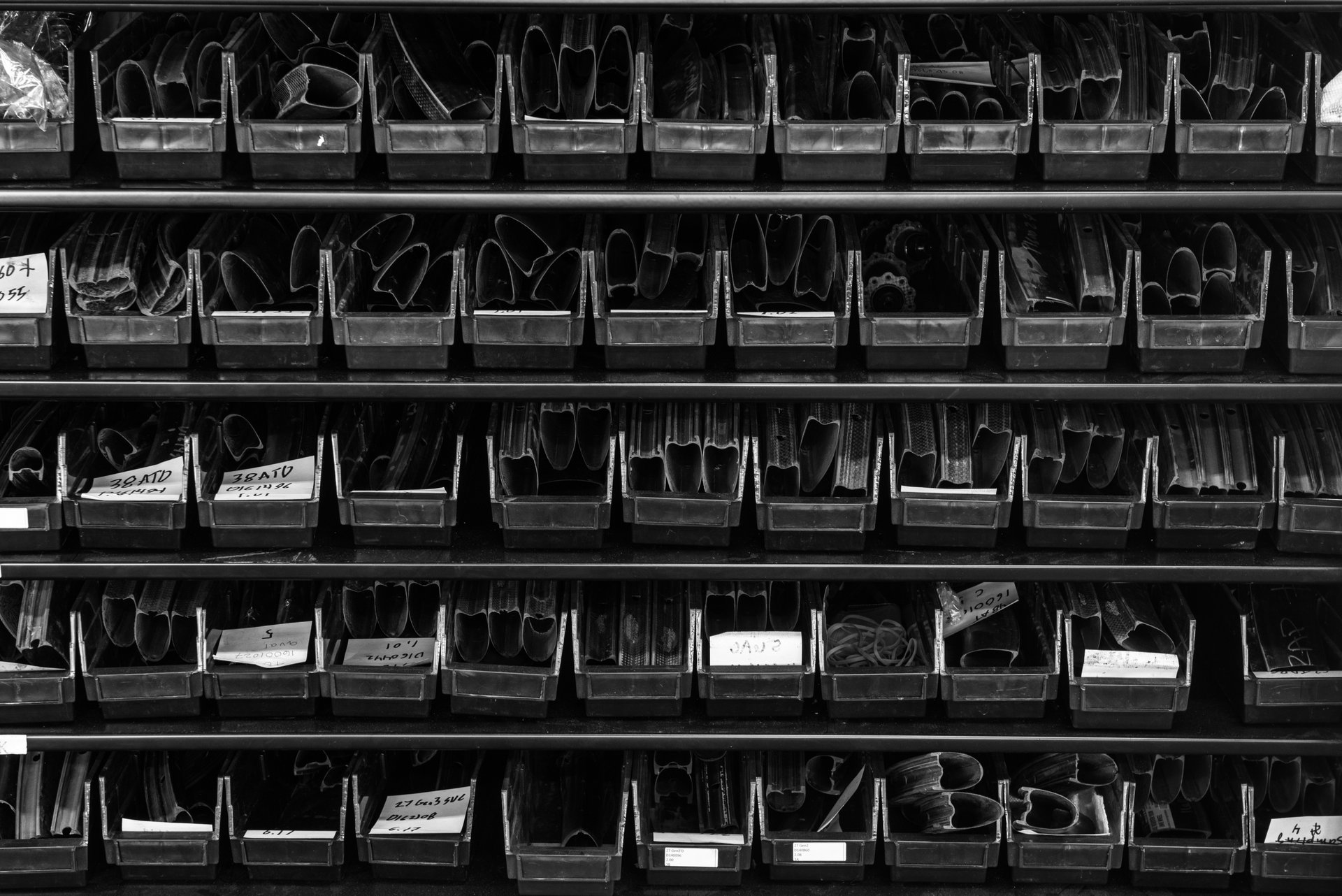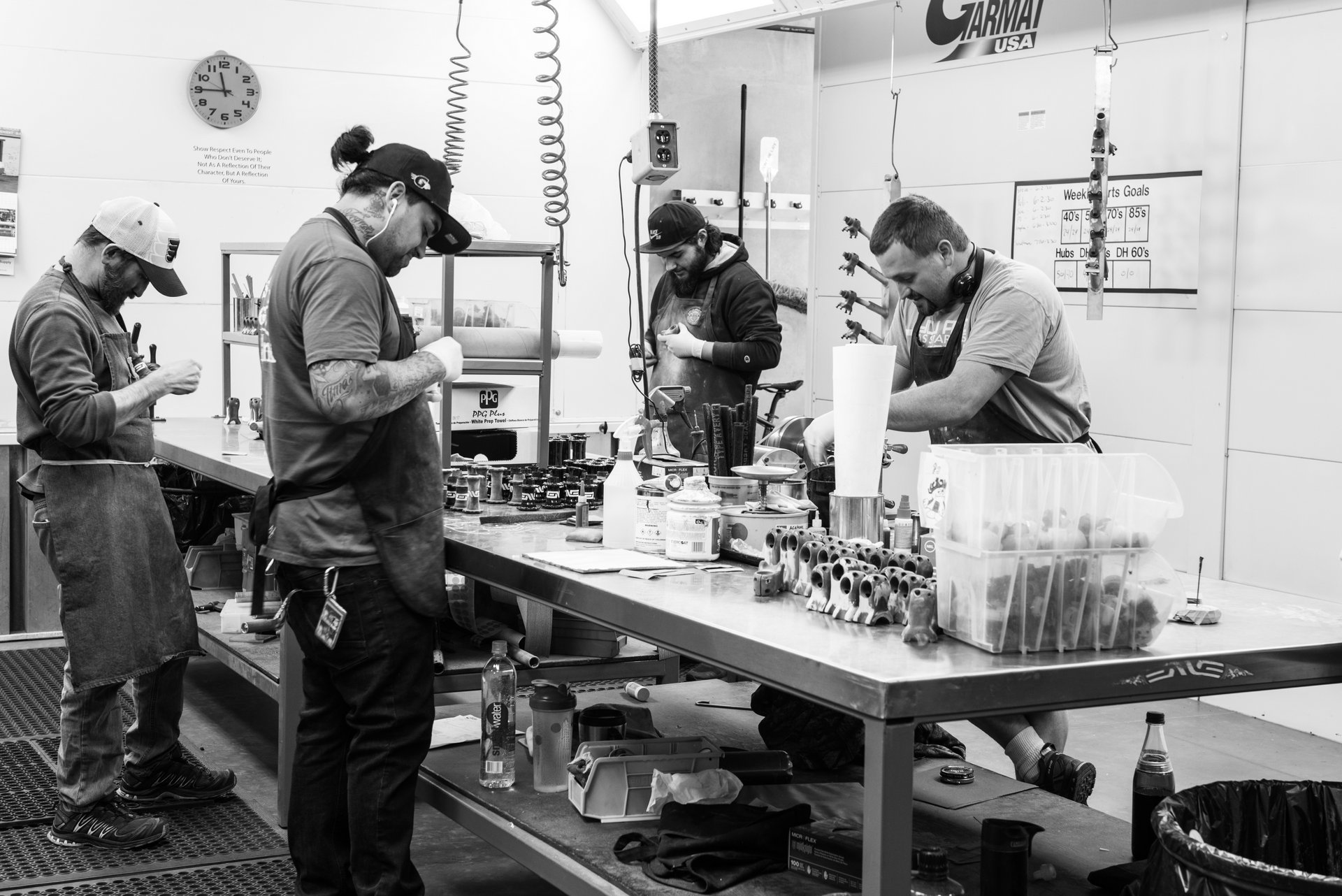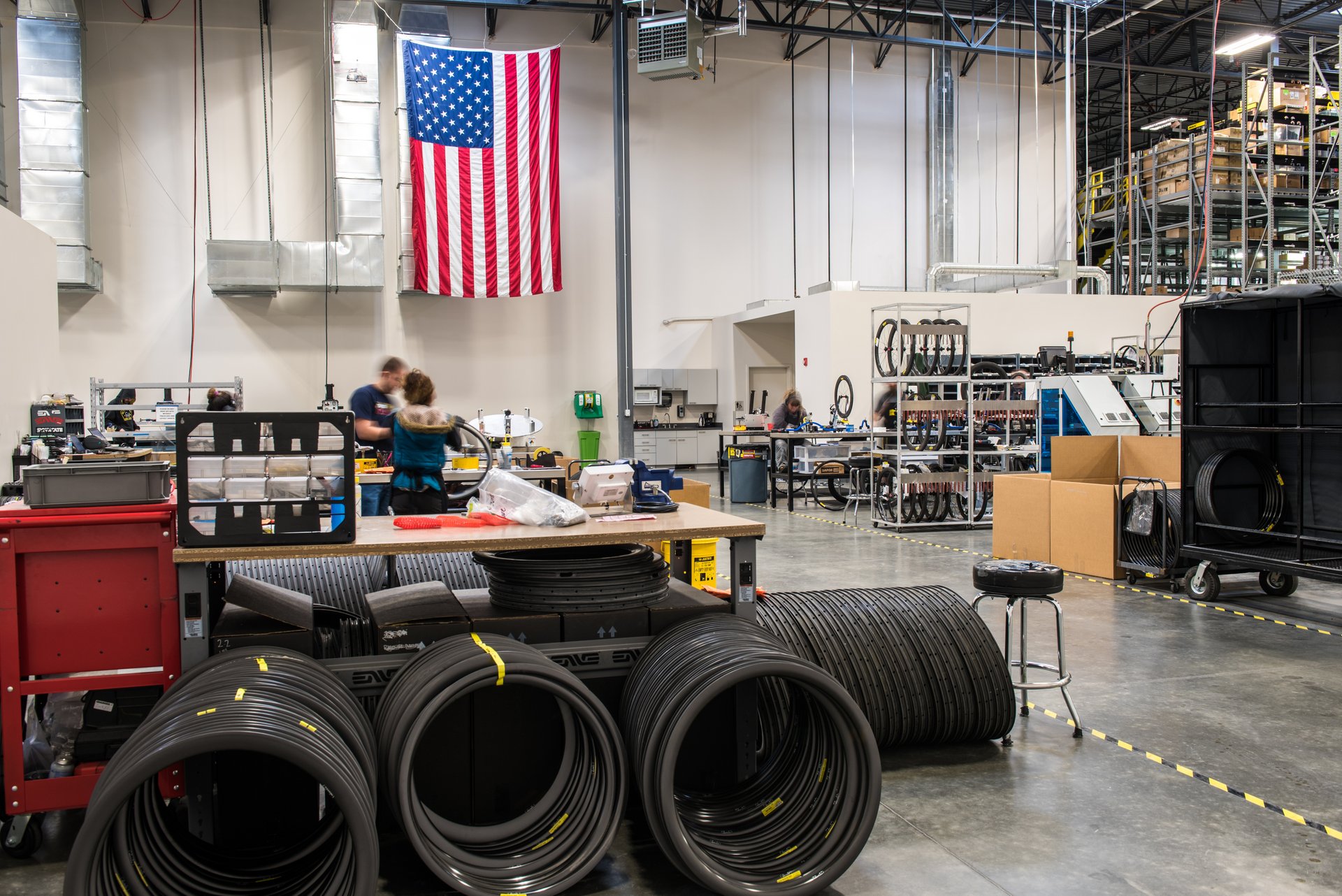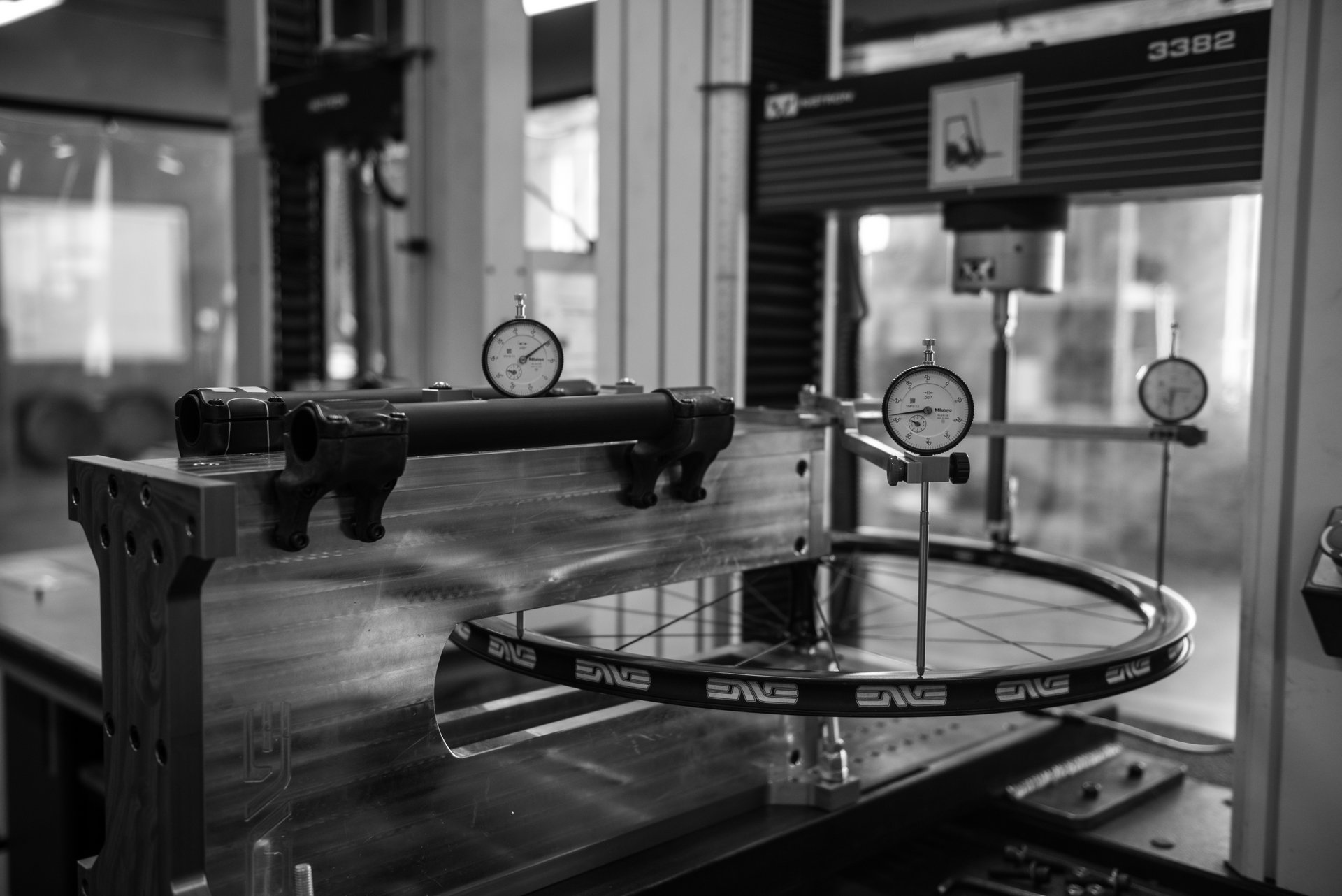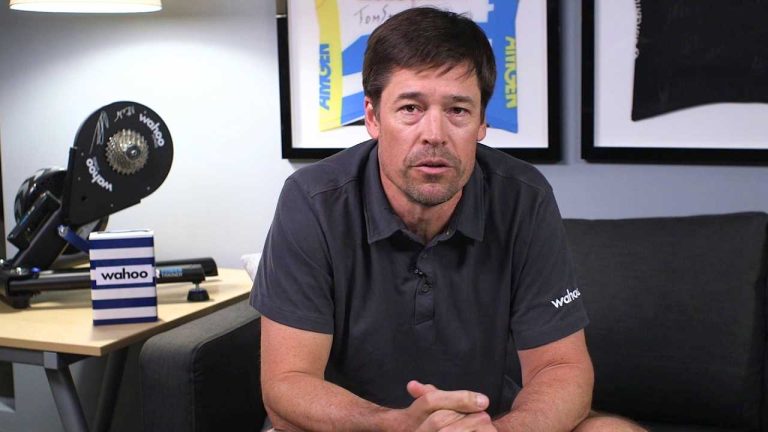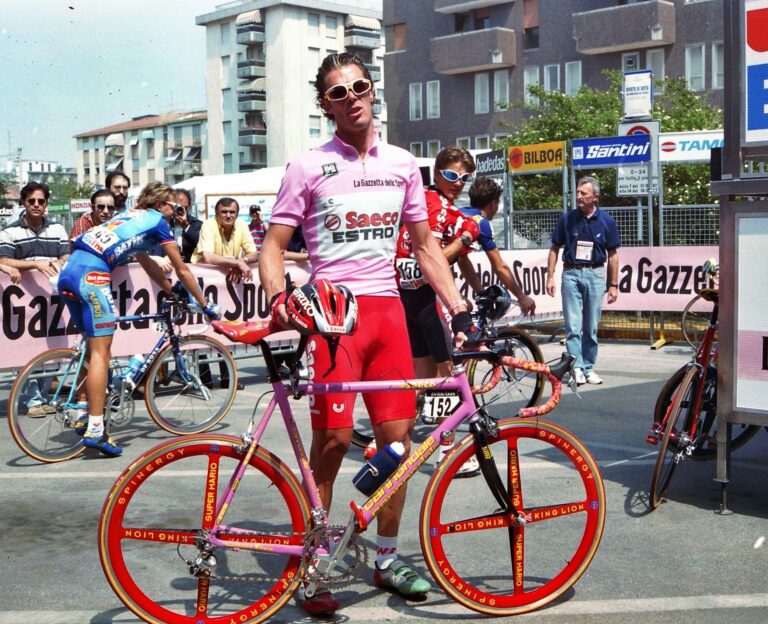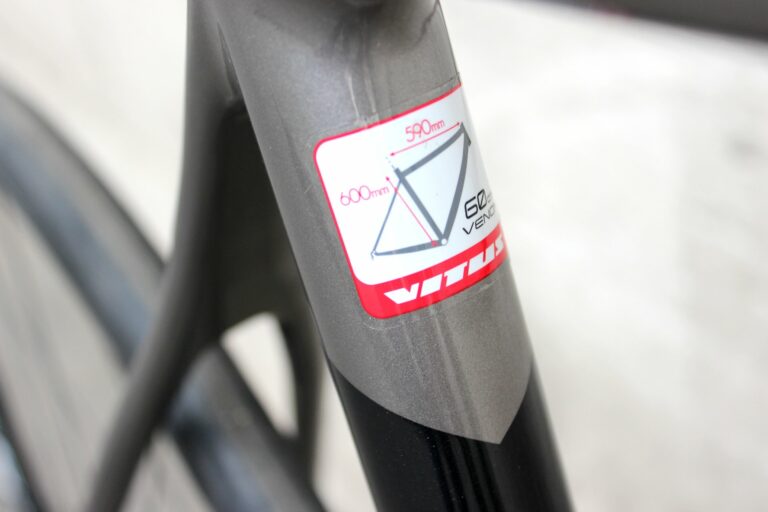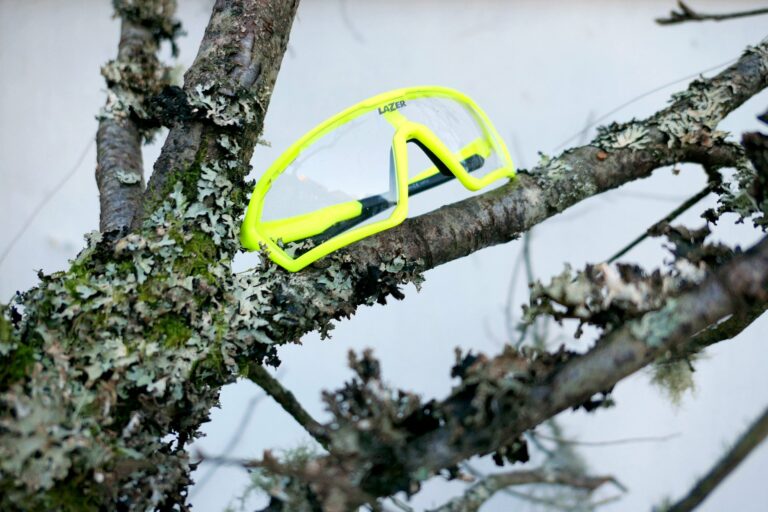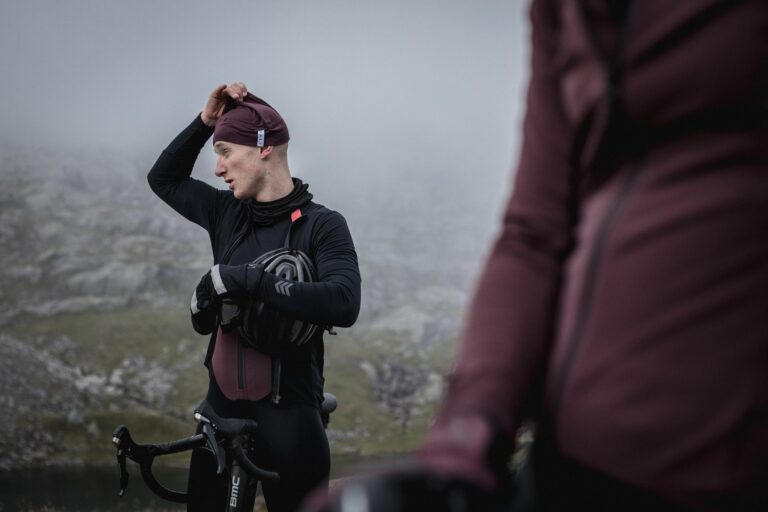Seven years ago Enve Composites began an R&D project that transformed the brand from a small carbon fibre specialist to being one of the leaders in aero wheel design today. Jamie Wilkins followed that R&D project for a feature at the time and returned to Enve earlier this year to revisit the company on its tenth anniversary, see how it has changed and find out what’s next.
To appreciate the scale of Enve’s success, you need look no further than the new headquarters in Ogden, Utah. It opened last October and houses everything – manufacturing, design, testing, marketing and management – under one roof. The building looks very Enve: smart but unfussy. Functional. There’s a vast embossed logo down the side yet it isn’t showy and doesn’t grate with the magnificent mountains that frame the building when stood in the car park. Nearly everyone here rides and also skis; flexible working lets staff make fresh tracks on powder days and in summer the lunchtime rides are legendary. Best of all, Enve has the ideal testing ground for all its products right outside the door.
The building represents a $10 million investment, with a further $700,000 ploughed into tooling to enable almost total self-sufficiency and a potential tripling of production capacity. It was built to spec on reclaimed land that was once a huge rail freight terminal for livestock, trading the equivalent of $1.2 billion per year in today’s money. The terminal had been closed since 1971 and it’s appropriate that Enve, one of big success stories in Ogden, a small city 40 miles north of Salt Lake, is leading the way back into it. Other bike brands are set to follow, that in itself a metaphor for Enve’s status in the industry.
Enve’s early wheels drew on its composites expertise to achieve low weight and high strength but the aero element wasn’t yet in place. When the team first visited a wind tunnel in 2009, the V-shape profiles didn’t test brilliantly and they faced a fork in the road: stick to what they knew or aim to compete with the aero leaders, Zipp and HED. Enve chose the latter, raised the necessary capital from its trusting investors and started looking for the right expertise.
